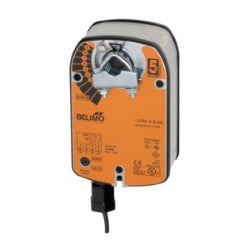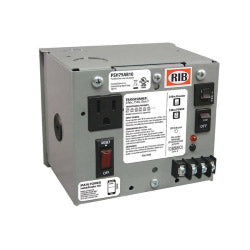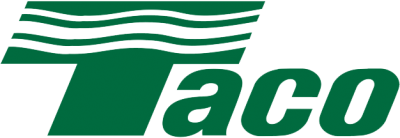
Supplying HVAC Professionals the Right Parts at the Right Price
With 30+ years of experience in the commercial HVAC industry, we know controls.
Find All you Need From Damper and Valve Actuators
to Networking and Plumbing Supplies
Get Special Pricing!
Free Shipping On
Orders over $999*
Excellent Customer
Satisfaction
Secure Online
Payment
5-star Customer
Service
Quantity
Discounts
Trusted brands
Best Sellers
Show more Best Sellers →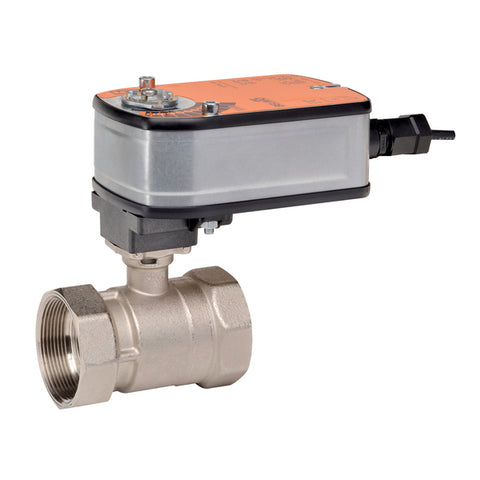
B225+LF24 US | CCV | 1" | 2 Way | 30 Cv | w/ Spg Rtn | 24V | On/Off | Belimo
Brand: Belimo
SKU: B225+LF24 US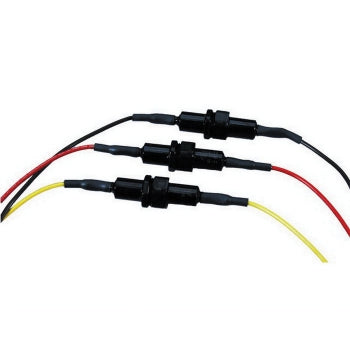
AH04 | Fuse Pack | Triple | 1/2A | 600VAC | Slow-Blow | Veris
Brand: Veris
SKU: AH04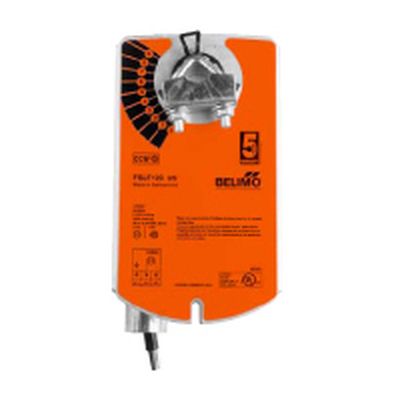
FSLF120 | Fire & Smoke Actuator | 30 in-lb | Spg Rtn | 120V | On/Off | 1m Cable | Belimo
Brand: Belimo
SKU: FSLF120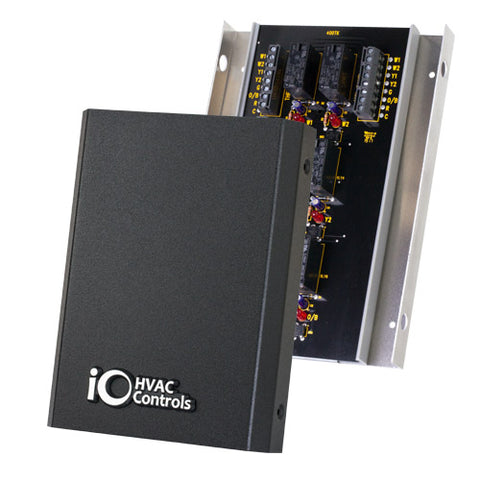
iO-TWIN | Universal Twinning Kit | iO HVAC Controls
Brand: iO HVAC Controls
SKU: iO-TWIN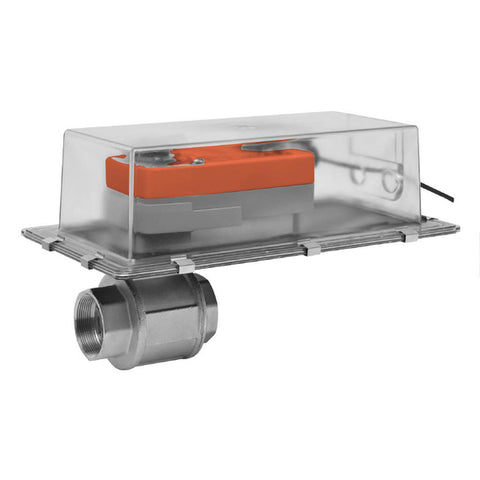
ZS-CCV-90 | CCV Weather Shield Kit AF/NF/LF | Belimo
Brand: Belimo
SKU: ZS-CCV-90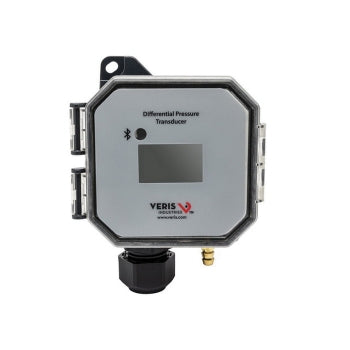
PX3ULX05 | Pressure | Dry | Univ | LCD | Veris
Brand: Veris
SKU: PX3ULX05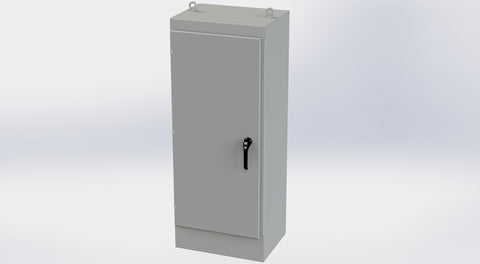
SCE-60EL2418FS | NEMA 3R, 12, 4 | EL FS Enclosure, 60H x 24W x 18D | Saginaw
Brand: Saginaw
SKU: SCE-60EL2418FS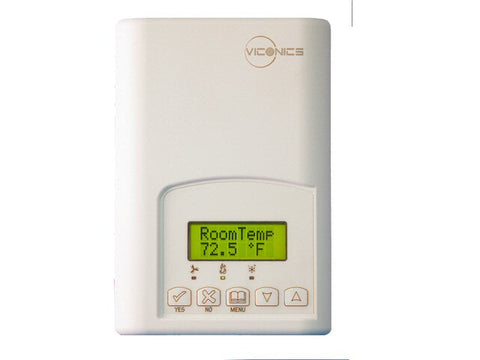
VT7652B5031B | Thermostat | Roof | 2 Heat Cntcts | 2 Cool Cntcts | Prgmble | BAC | Viconics
Brand: Viconics
SKU: VT7652B5031B